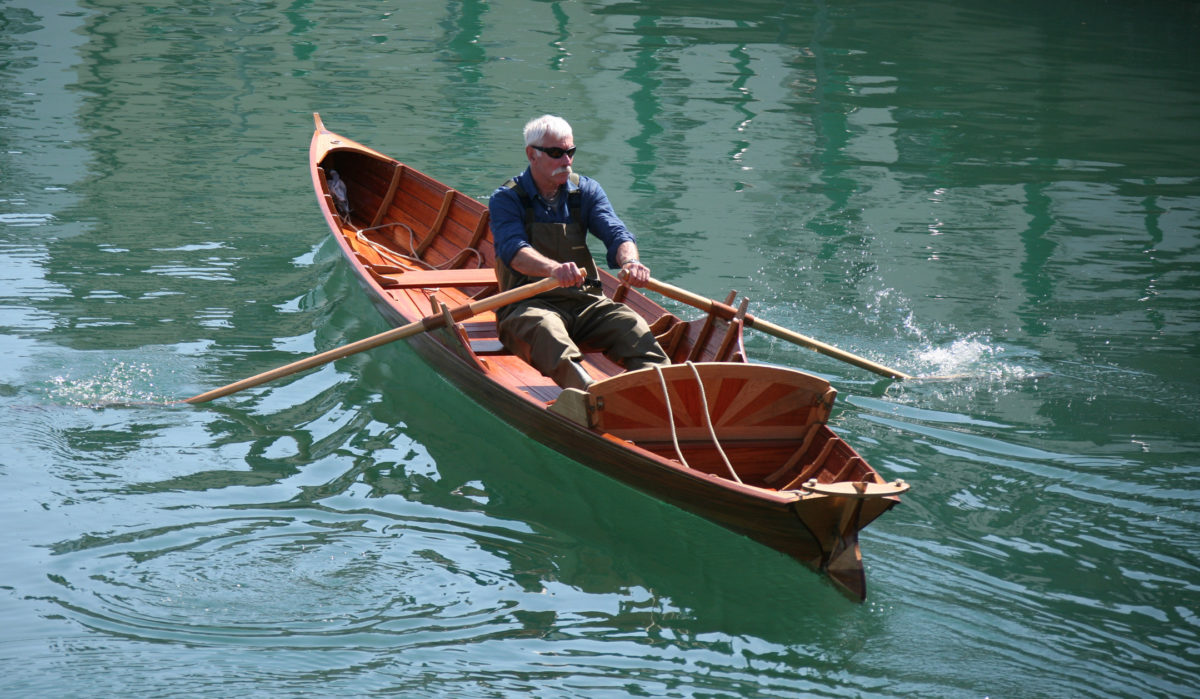
Boat Profile
ROSINA MAY
A Thames River Skiff

Boat Profile
A Thames River Skiff

Boat Profile
A Whitehall for quick construction
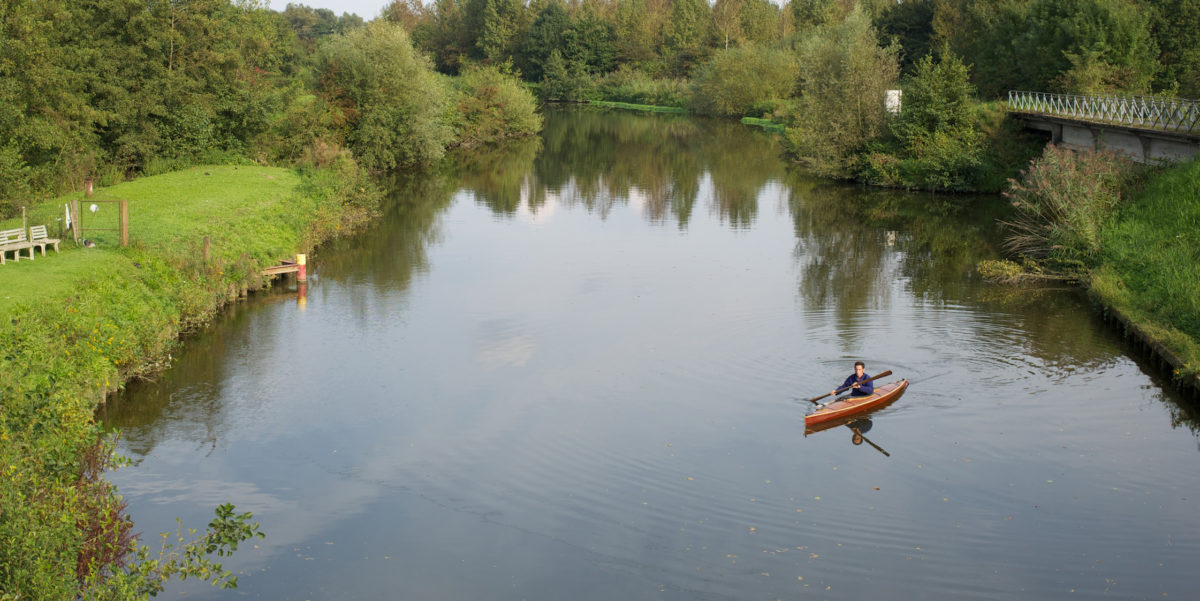
Adventures
The Rivers and Canals of Belgium and France
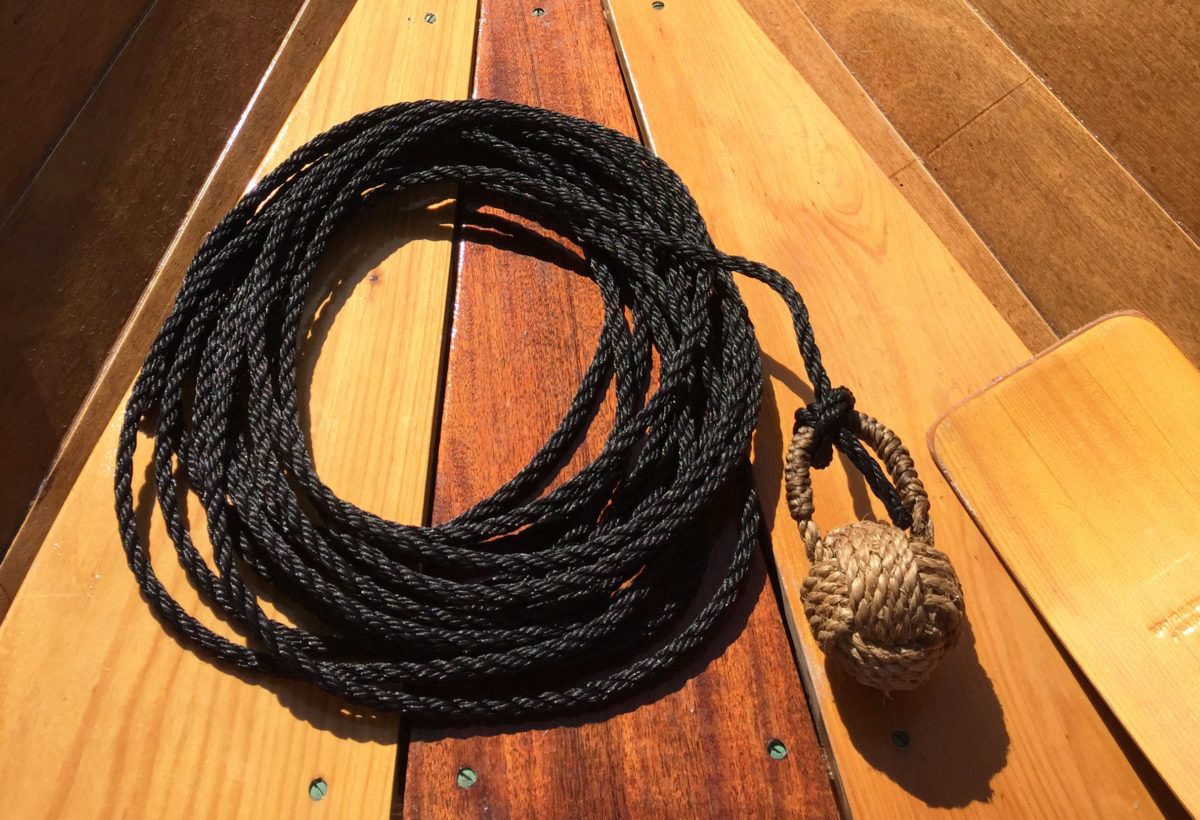
Technique
Seperate and versatile
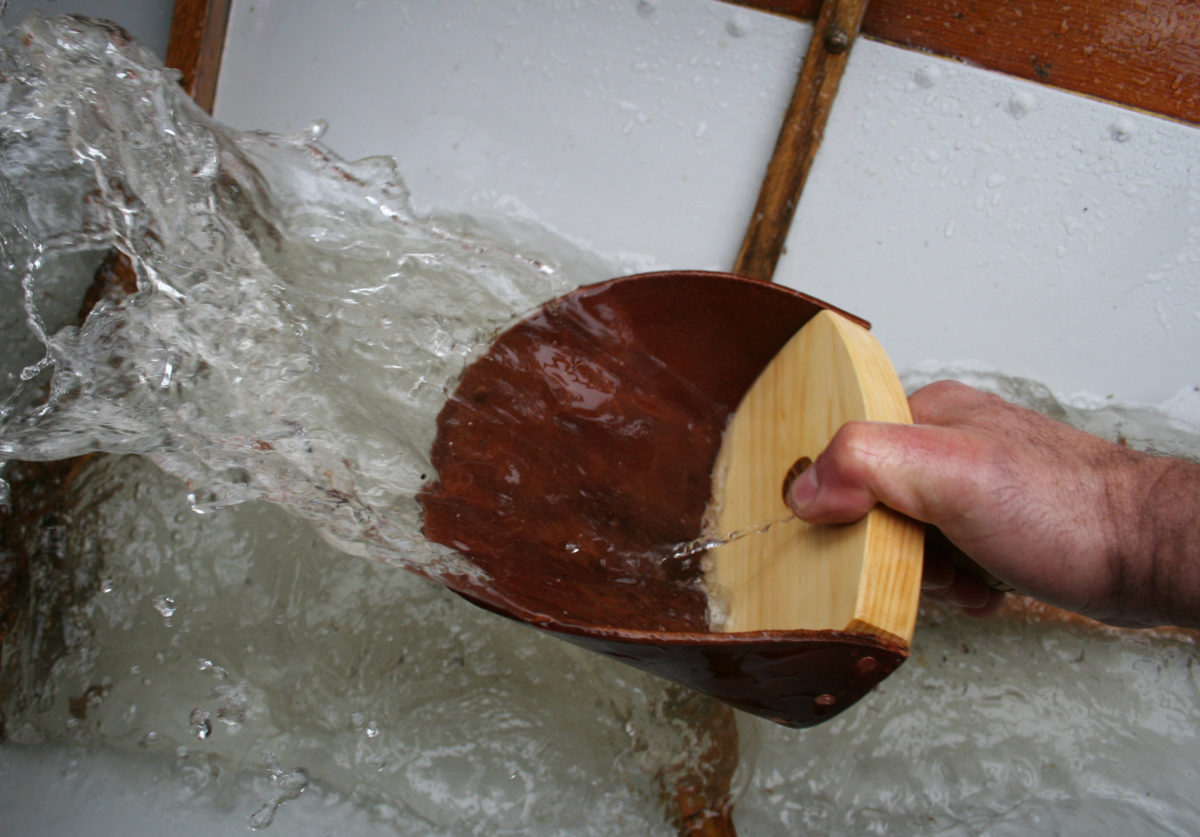
Technique
What a cut-up bleach bottle wishes it were
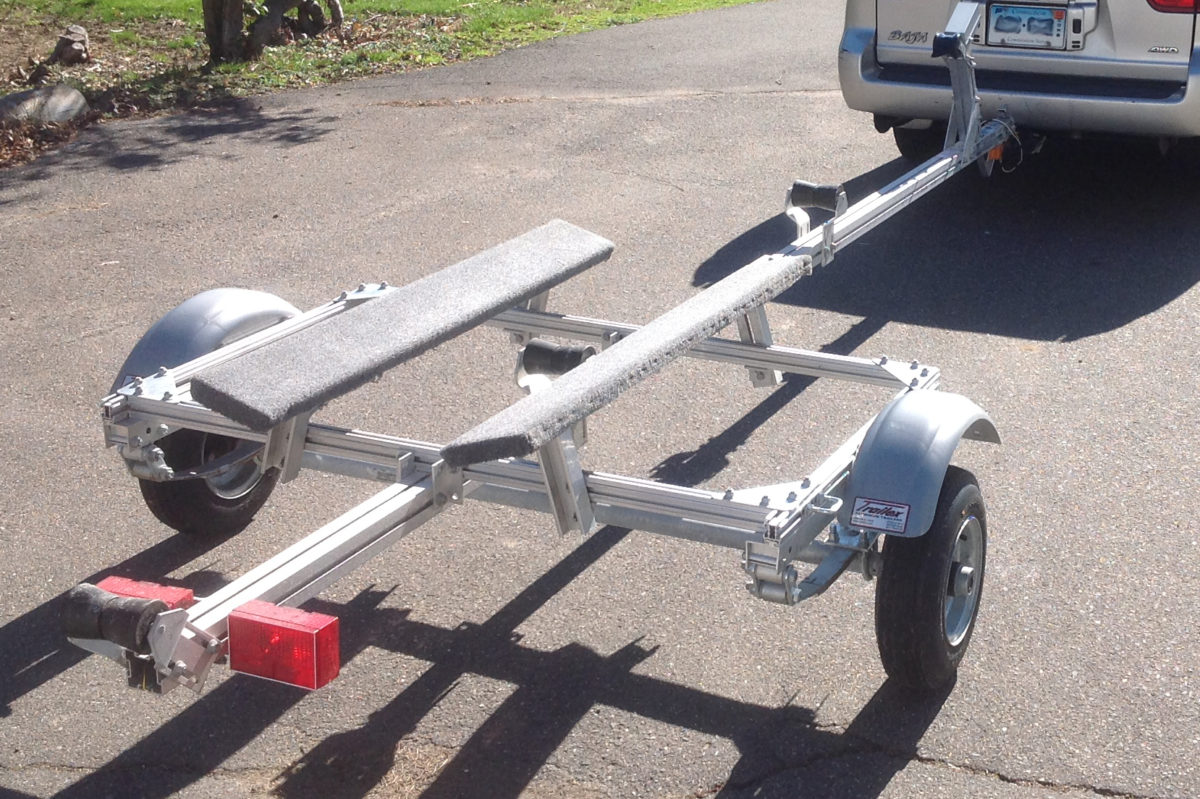
Product Reviews
Lightweight Aluminum Trailers
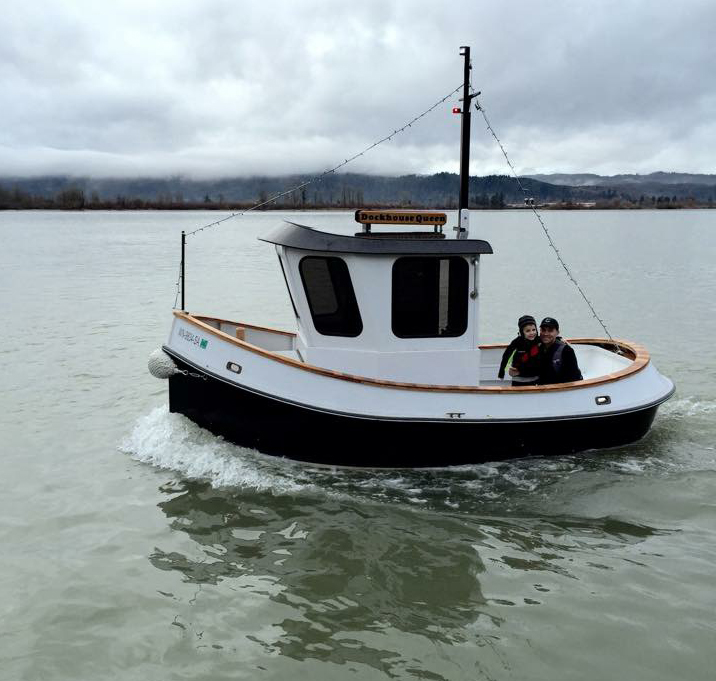
Reader Built Boats
A 16’ Electric Mini-Tug